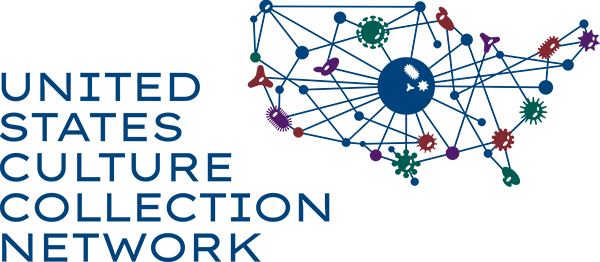16 Oct Edit Your Collection
Posted at 14:46h
in
| HTML Block | Responses to the following questions (1-28) will be components of the USCCN online searchable database available to all users. |
|---|---|
| 1. Name of Collection Point of Contact | Michael Lomas |
| 2. Current Position | NCMA Director |
| 3. Collection phone number | 1-207-315-2567 x3 |
| 4. Collection Address | 60 Bigelow Drive Boothbay, ME 04544 United States Map It |
| 5. Collection email | Email hidden; Javascript is required. |
| 6. Collection website (if applicable) | bigelow.org |
| 7. Collection name and abbreviation | National Center for Marine Algae and Microbiota (NCMA) |
| 9. Number of staff that work with the collection (if applicable) | 6 |
| 10. Organizational structure of the Collection: |
|
| 11. What type of organisms are included in the Collection? |
|
| 12. Do you have sequencing data? | Yes |
| Please specify what kind of data | some of our strains are sequenced and data can be found in GenBank or linked from our strain pages. |
| 15. Please choose one of the following categories that best describes your collection. | Publicly available (qualified curator, collection management policies, microbial specimens, a database of collection information, an online strain catalog, and distributes strains to the scientific community) |
| 16. What host associations, if any, does your microbial collection have? |
|
| 17. What institution/entity currently houses your collection? (For example, Kansas State University, ARS, private entity) | Bigelow Laboratory for Ocean Sciences |
| 18. Is the institution able to guarantee its support to the Collection for the next three to five years? | Yes |
| 19. Does your collection have the ability to accept orphan collections at this time? If yes, please describe your capacity to do so. | Yes |
| Capacity | open for discussion on possible paths forward for larger collections (must be cryopreservable), smaller collections in perpetual culture can be discussed. |
| 20. Does your collection contain strains that are currently used or could be used for reference strains such as to identify human, animal or plant pathogens? If yes, please explain | No |
| 21. Do you utilize best practices guidelines for operation of your culture collection? |
|
| 22. What is/are the mechanism(s) of availability and distribution? |
|
| 23. What are the main subjects or fields of use relevant to your collection? |
|
| Main Subjects | Taxonomy |
| 24. If applicable, what services does your Collection provide? Check all that apply |
|
| 25. Does your Collection provide training opportunities on the following? Check all that apply |
|
| 26. If applicable, does your Collection provide consultation on the following? Check all that apply |
|
| 27. What institutions fund research that users perform using specimens from your collection? Check all that apply |
|
| 28. Is the Collection willing, within reasonable limits and to the extent that the collection is public, to engage in the exchange of cultures with other collections within the framework of the USCCN? | Yes |
| 29. Is the Collection willing to engage, within the limits of its capacity to do so, in collaborative programs with other culture collections for the general betterment of the USCCN? | Yes |
| 30. Do you wish to be contacted by researchers and collaborators about your Collection? | Yes |
| 31. Would you be interested in collaborating on a project with samples combined from different repositories? | Yes |
| HTML Block | Responses to the following questions (29-36) will NOT be components of the USCCN online database. Information provided will be for internal use only to enhance USCCN service to participants. |
| 32. Is the future of your collection dependent on a single individual in the institution? | Yes |
| 33. Is there a contingency plan to be able to guarantee the existence of the collection for at least five years, such as at another institution? Please provide as much detail as possible. | Yes |
| Contingency Plan | Sustainable financial model is dependent on revenues not grants to make it easier for the collection to continue independent of a faculty level sponsor. |
| 34. Is your collection currently or in potential danger of becoming an orphan collection? If yes, what means do you have to save the collection? Please provide as much detail as possible. | No |
| 35. Would you like assistance with the orphan collection? | No |
| 36. What are the greatest needs of your collection at this time? (For example: stable funding, personnel needs, quality control procedures, capacity & equipment, visibility, etc.) | Infrastructure and continued secure funding/revenues as the collection grows in response to NSF and other agency mandates for SMP. |
| 37. Would you like your collection to be listed in the Global Biodiversity Information Facility (GBIF) https://www.gbif.org/ | Yes (you will be emailed information by USCCN separately detailing how to register your collection in GBIF) |
| 38. Does the Collection support the USCCN mission, which is "to facilitate the safe and responsible utilization of microbial resources for research, education, industry, medicine, and agriculture for the betterment of humankind by providing opportunities for US culture collection workers to engage with each other and with the broader culture collection community." | I agree to support the mission of the USCCN |
